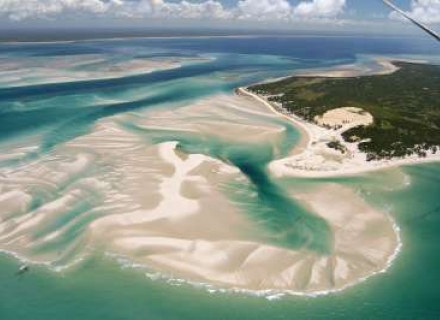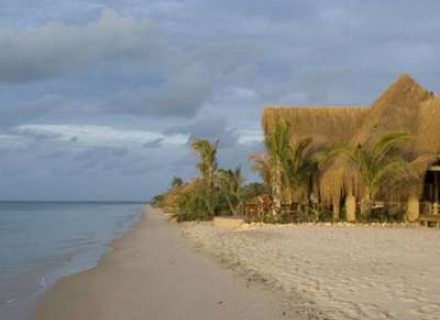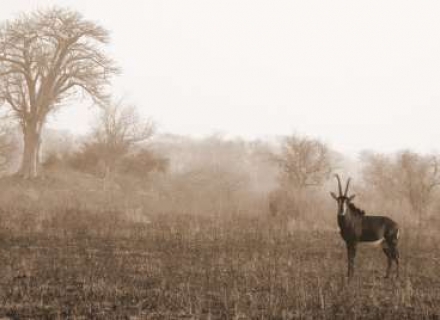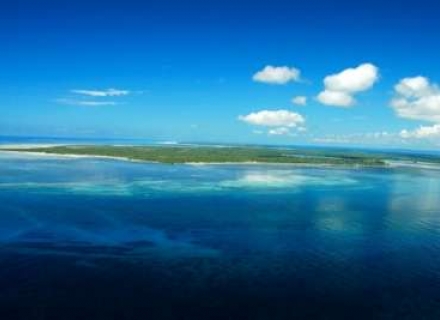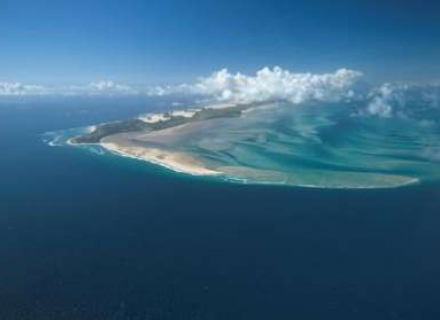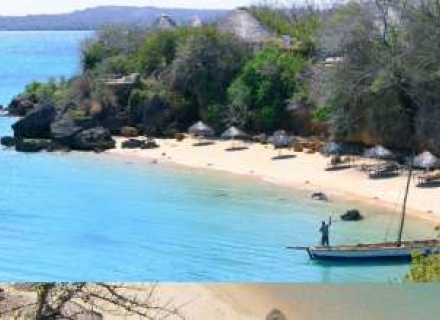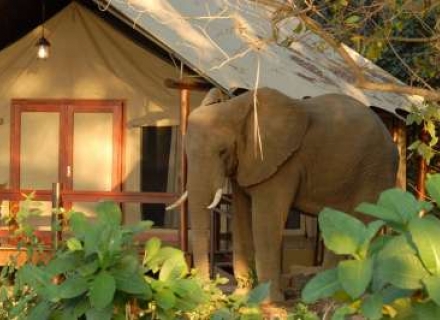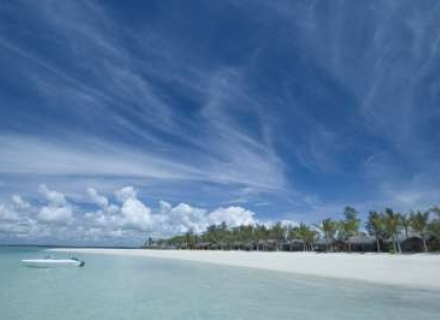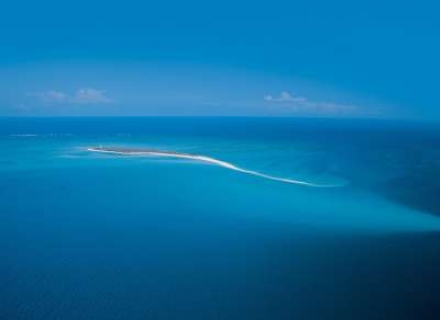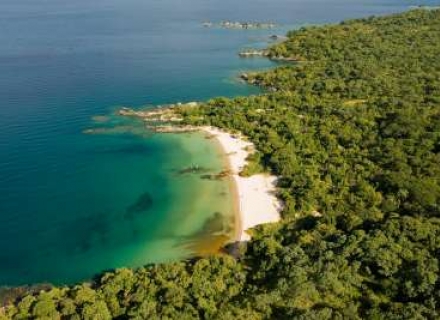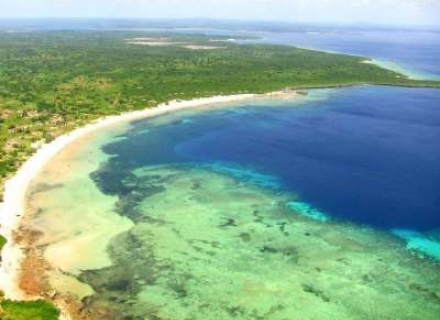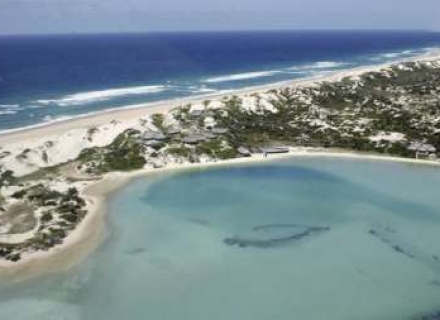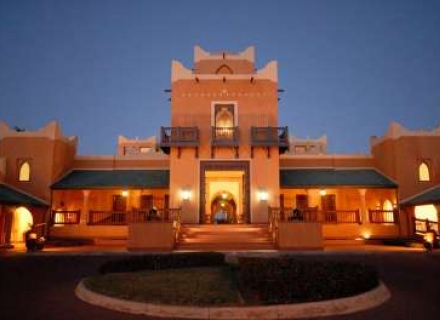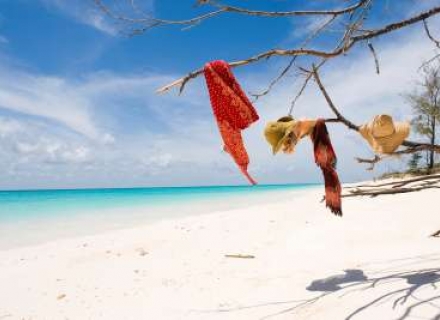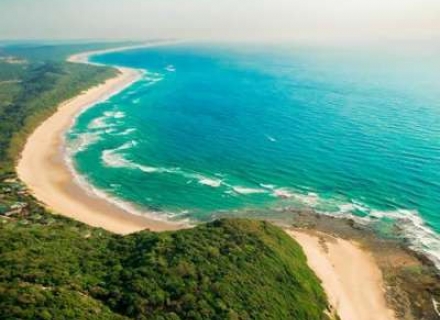Browse Our Trips
Mozambique
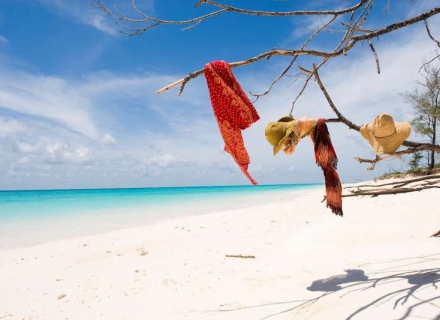
Mozambique lies on the Indian Ocean coast of Southern Africa and is bordered by South Africa to the south, Tanzania to the north and has inland borders with Malawi, Zambia, Zimbabwe and Swaziland.
Mozambique’s eastern coastline along the Indian Ocean is more than 1,000 km long and is a fantastic draw for scuba divers, fishermen, sailors and beach lovers.
The Bazaruto Islands off southern Mozambique are some of the most beautiful anywhere in the world and we have recently travelled throughout the islands looking for the best places to stay.
The archipelago is made up of 4 main islands: Bazaruto, Benquerra, Magaruque and Santa Carolina, or Paradise, islands scattered around 30km from Vilanculos and is a protected National Marine Park.
Home to over 180 species of birds, endemic butterflies, freshwater crocodiles and suni antelope, the clear, protected waters and stunning reefs also attract dugong, dolphin, gamefish, giant lobster and leatherback, loggerhead and green turtle.
The east coast of the islands fringe the deep waters of the Mozambique channel – seasonal migratory route to whale sharks and humpback whales – and the coral reefs fringing the islands support an astounding diversity of marine species and provide some of the best diving in the world.
The Bazaruto Islands are easily accessible from Johannesburg and make the ideal partner to the Kruger National Park and Sabi Sands.
The Quirimbas Islands also form a National Park in Northern Mozambique. The island chain has up to 30 islands, stretching from Pemba in the south to the town of Palma in the north. They are one of the world’s best fishing and diving destinations, with phenomenal vertical drop-offs, some up to 400 metres. The southern islands include an expanse of forests in the Quirimbas National Park.
Along the coast Mozambique has a warm, tropical climate. Evenings are rarely cold, except for a few nights in June and July and the rainfall isn’t too high. In summer, temperatures can soar and the humidity levels rise. Temperatures are typically higher in the north, around Pemba, and around the Zambezi.

